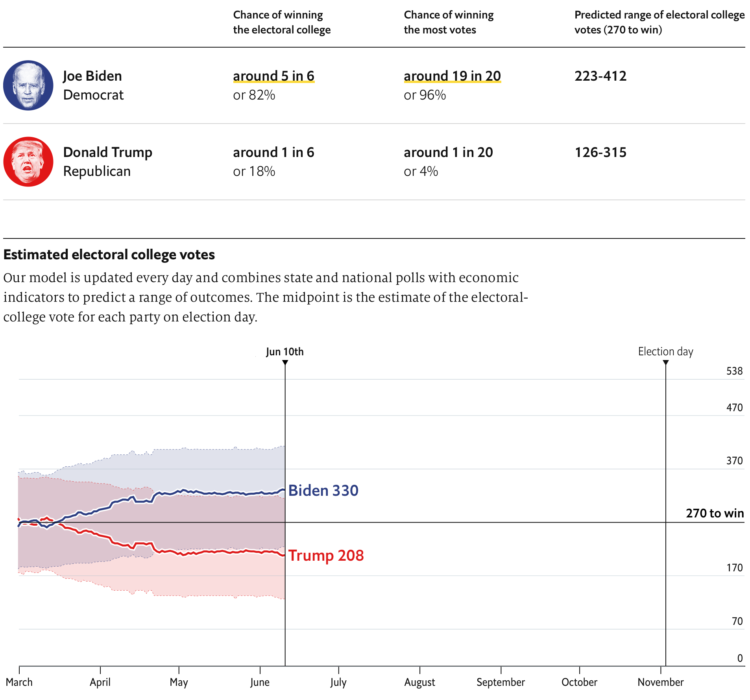Even though there was supposedly a person in the decision-making process and a surveillance photo wasn’t actually Robert Julian-Borchak Williams, he still ended up handcuffed in front of his own home. Kashmir Hill reporting for The New York Times:
This is what technology providers and law enforcement always emphasize when defending facial recognition: It is only supposed to be a clue in the case, not a smoking gun. Before arresting Mr. Williams, investigators might have sought other evidence that he committed the theft, such as eyewitness testimony, location data from his phone or proof that he owned the clothing that the suspect was wearing.
In this case, however, according to the Detroit police report, investigators simply included Mr. Williams’s picture in a “6-pack photo lineup” they created and showed to Ms. Johnston, Shinola’s loss-prevention contractor, and she identified him. (Ms. Johnston declined to comment.)

















 Visualize This: The FlowingData Guide to Design, Visualization, and Statistics (2nd Edition)
Visualize This: The FlowingData Guide to Design, Visualization, and Statistics (2nd Edition)










